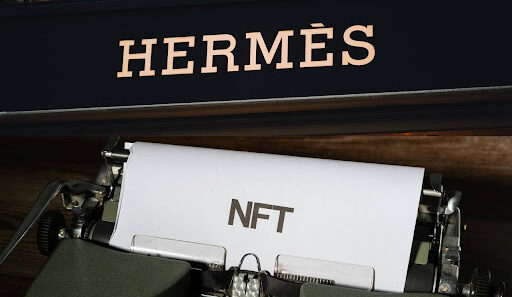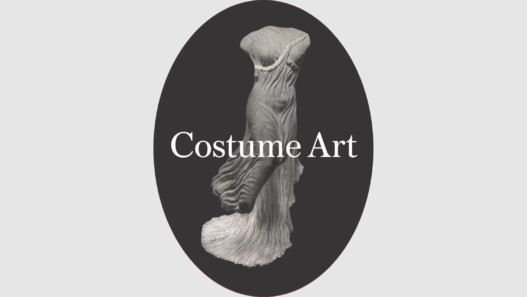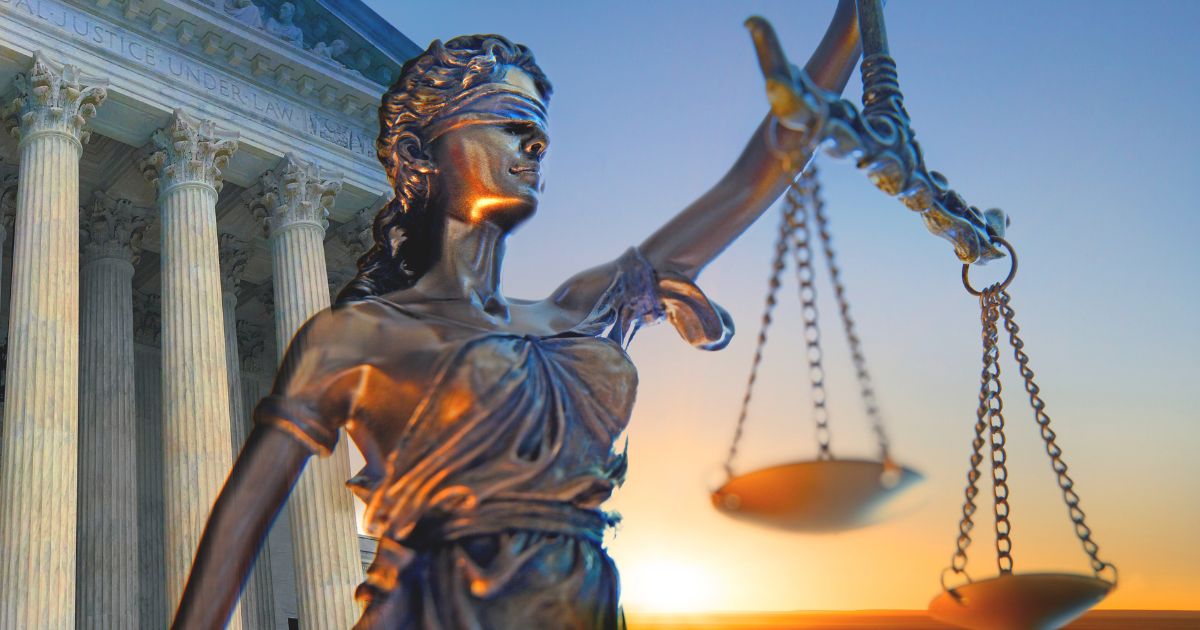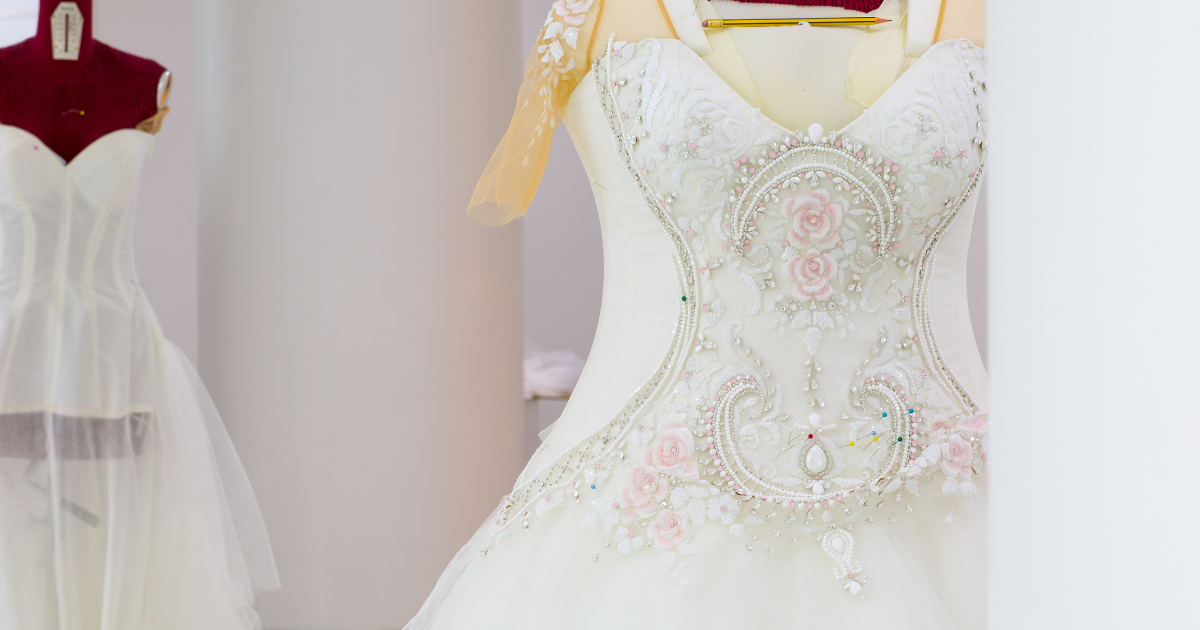Everyone is now aware of the famous Karnataka Hijab Controversy. Muslim girls studying in government pre-university colleges in Udupi district, were deprived of their right to wear hijab. An important question in the mind of several readers would be why only Hijab? Is wearing a turban, dupatta/ purdah etc different from wearing a Hijab?
“A religious symbol does not rest on any opinion. And error belongs only with opinion.”
In recent years, discussions in Europe’s public forums have centred on the practise of covering women’s faces and hair as a symbol of their Muslim identity. The mainstream public discourse views this as a violation of women’s rights and individual freedom, and those who wear it are either seen as being fundamentalists and radical thinkers subverting Western principles or as being subjugated by the masculine gender in the name of religion.
A Muslim student recently filed a lawsuit in the state of Karnataka, claiming that her right to observe an essential religious practice—wearing the headscarf while sitting in a classroom—was violated. A number of young Muslim students were denied entry to their college in Udupi because they were wearing hijabs, which sparked the Karnataka hijab controversy. As more universities and schools issued identical directives, the problem expanded throughout the state. Students from opposing sides started to demonstrate in favour of and against the ability to wear hijabs in educational institutions. The Muslim girls’ opponents wore saffron scarves.
While acknowledging the spirit of secularism, the courts failed to recognise that wearing a veil is a requirement for the hijab in India, robbing the community of its rights. The court centred its attention on the holy Quran and Hadith as the primary sources for fundamental Islamic practise. However, reading the pertinent chapters from the Quran and Hadith convinced it that wearing the headscarf is not a must. When the neck and bosom are discussed, full body covering frequently refers to the head as well. The court took note of the Quran’s injunction that women need outer clothing so they are not restricted to their houses.
One of the reasons, Hijab is perceived in negative light is because Hijab is frequently seen as a sign of oppression. It indicates that women who wear religious or cultural symbols are weak or have internalised sexism to the point where they are unwilling to follow their liberal sisters’ enlightened path. And any attempt to talk while in that state is rejected as fake consciousness. Iran’s hijab developed as a political symbol in the 1970s. For the Pahlavis, the hijab represented a rejection of their modernisation agenda and, consequently, of their reign. Many middle-class working women began to use it freely as a symbol of their opposition to the Pahlavi administration.
Hijab, on the other hand, was viewed as a virtue by conservative traditionalists, painting uncovered women as the antithesis. Some in the opposition began to view women who were not covered as a representation of Western culture colonialism; as victims of Westoxication (Gharbzadegi); as “super-consumers” of Imperialist products; as promoters of “corrupt Western culture,” undermining traditionalist notions of “morals of society”; and as excessively dressed-up “bourgeois dolls,” who had lost their honour. Thus, rather than being a symbol of backwardness, the veil came to be worn by certain opposition women as a means of expressing the revolutionary “demand for respect and dignity” and a solidarity with Iranian culture in contrast to culture colonialism.
Now that it is clear as to how essential Hijab is to Islam, the comparison with Sikhism can be drawn. When a bench of Justices Hemant Gupta and Sudhanshu Dhulia heard various petitions challenging the Karnataka High Court ruling upholding the ban on the hijab in educational institutions during the most recent Karnataka Hijab controversy, Advocate Nizamuddin Pasha, who was representing one of the petitioners and is a student of Islam and Arabic, attempted to compare the Kirpan and turban with the hijab.
As a five-judge Supreme Court panel ruled that wearing a turban and kirpan is acceptable for Sikhs, the Supreme Court stated that there is no resemblance between the kirpan and turban worn by Sikhs and the hijab.
Mr. Pasha claimed that Muslim girls wear the hijab as a part of their religious tradition and questioned whether it was possible to forbid females from wearing the scarf to school. He continued by saying that turbans are worn by even Sikh students.
Mr. Pasha emphasised the need to safeguard traditional practises.
Justice Gupta argued that drawing comparisons to Sikhs might not be appropriate because carrying a kirpan is permitted under the Constitution. So, the court said, “don’t compare practises.” According to Justice Gupta, there are legal restrictions for turbans, and all of these customs are ingrained in the national culture.
In response to the Karnataka High Court ruling, Pasha claimed that Muslim women are protected by the headscarf.
The Karnataka High Court’s conclusions that the hijab is a custom are predicated on this notion, according to Pasha. He used a number of religious texts to bolster his claims.
Additionally, he claimed that the HC’s conclusion that the hijab is “recommended” rather than “necessary” was a misunderstanding of the footnote. Senior attorney Devadatt Kamat stated that while not all religious practises are necessary, the state should not continue to impose restrictions on them.
The turban is seen and recognised as being fundamental to Sikhism. However, the hijab is not mentioned in the Quran when it comes to women’s clothing. Without having to choose between having a career and practising their religion, women should be allowed to do so. Racial harmony is incredibly delicate, yet accepting these disparities and learning to live with them isn’t enough. It’s important to be aware of, understanding, and appreciating these variances. Some women don’t feel comfortable giving up a piece of who they are in order to further their education. The argument over the hijab is not new, and racism has no place in a contemporary state that takes pride in its broad and multiracial heritage.
Why are turbans and hijabs being compared by some? Does it make sense at all? Not at all; it makes no sense.
Although I find the concept of a clothing or accessory that is “sanctioned” by a religion absurd, both are! W what does one’s attire have to do with any faith today? It is nothing more than an ancient or antique obsession brought on by a mentality that is no longer relevant.
This rigid mindset based on personal stubbornness may even be the result of the escalating communal fervour that compels the faithful – of all religions – to cling to religious symbols that are intended to project and protect one’s religious identity. This rigid attitude is more likely to be the result of this than of any genuine conviction. What strikes me as odd are the ‘alpha- male’s’ possible incentives for enforcing the hijab. One explanation might be a fear of being demoted to a secondary role as a result of a female cultural “surge” driven by the growing educational and professional successes of Muslim women, which the male, for obvious reasons, finds difficult to mimic. The finest tools at your disposal to keep them down are the hijab and purdah.
Author: Nayeisha Puri


















